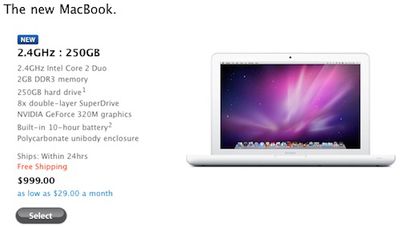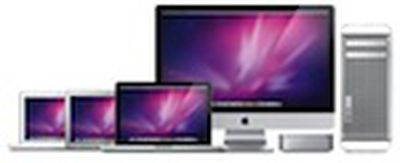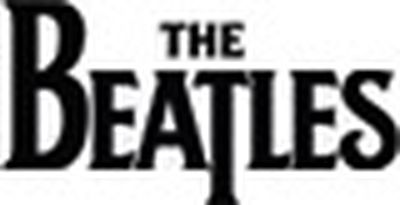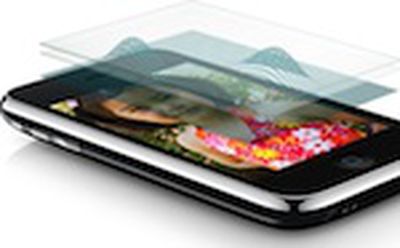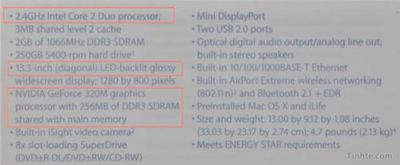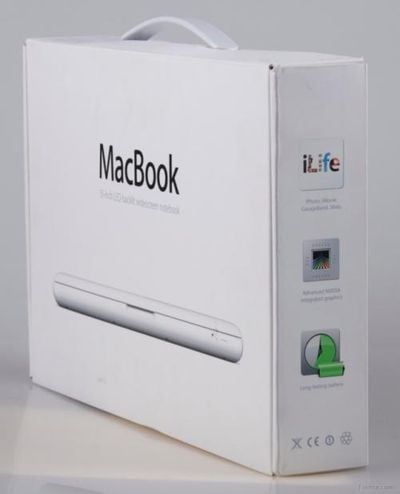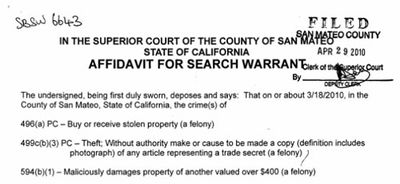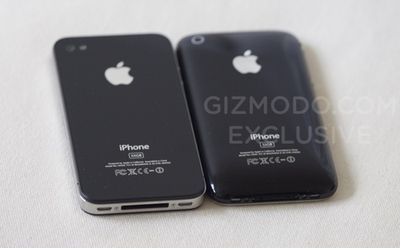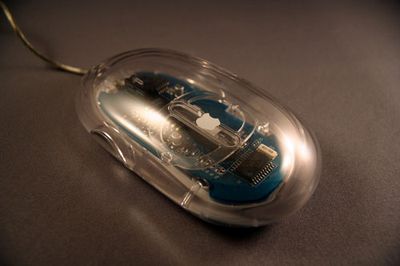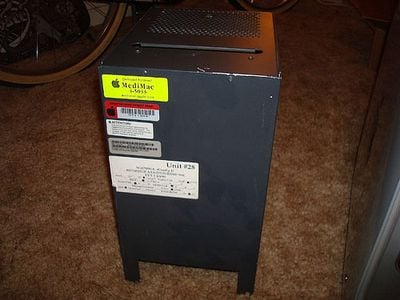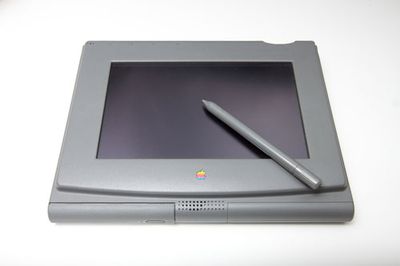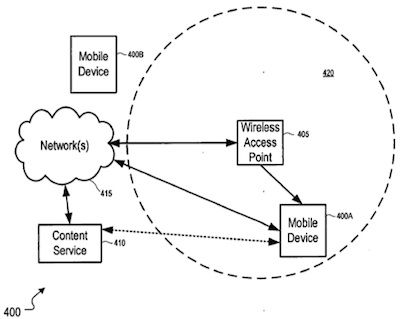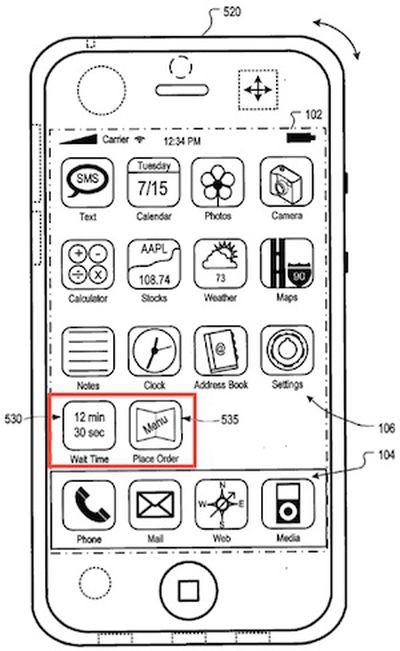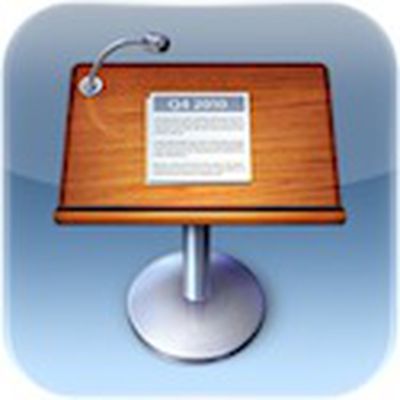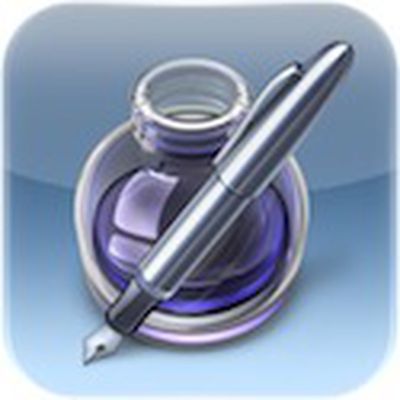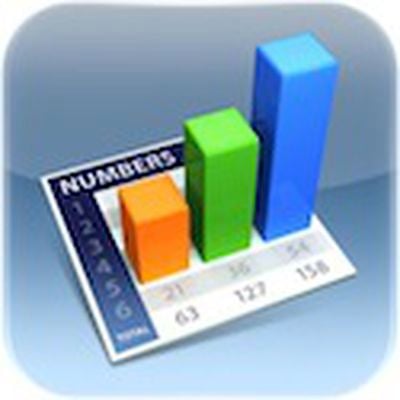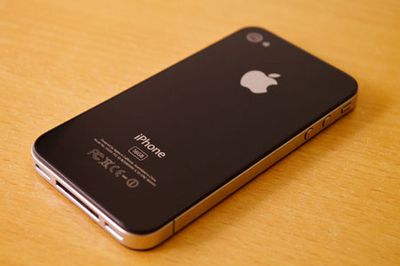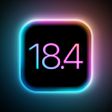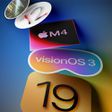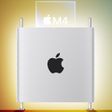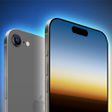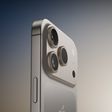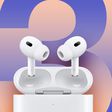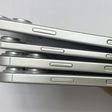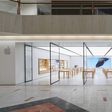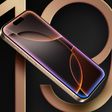Following on
earlier news that a California court would be releasing documents related to a search warrant for the lost next-generation iPhone that ended up in the hands of
Gizmodo,
CNET has now
posted the full documents released by the court. The documents indicate that
Gizmodo's Jason Chen was considered in the requests to be a suspect in three felonies, including purchase or receipt of stolen property, theft of trade secrets, and malicious damage to another person's property (the prototype iPhone) valued at over $400.
The documents also include testimony that Brian Hogan, the finder of the iPhone, had received $8,500 from Gizmodo for the device, with an additional bonus payment to be made if Apple releases the expected device this summer.
The affidavit from Detective Matthew Broad outlines a series of events, including a discussion with Apple executives which revealed that Hogan's roommate had contacted Apple after Hogan connected the iPhone to her computer, fearing that the lost or stolen device would be traced back to her. Hogan's roommate cooperated fully with authorities and assisted them when Hogan and an acquaintance removed several pieces of evidence from his apartment. The evidence, which included a desktop computer, USB flash drive and memory card, and stickers from the iPhone prototype, were found in a church, under a bush, and in a gas station parking lot.
Hogan's roommate relates a story very similar to that previously related by Hogan to Gizmodo, suggesting that another bar patron had picked up the iPhone and given it to him thinking it was his. It is unclear exactly how Apple engineer Gray Powell lost the iPhone, although he noted that the last thing he remembered was placing it in a bag he had brought with him to the bar. The bag was later knocked over, and it is possible that the phone fell out at that time.
Hogan's roommate also noted that she and other attempted to talk him out of selling the prototype iPhone by pointing to the effect it could have on Powell's career, but he was unswayed. Hogan reportedly said, "Sucks for him. He lost his phone. Shouldn't have lost his phone."
The documents also include an email from Gizmodo editor Brian Lam to Apple CEO Steve Jobs in which he offered an explanation for his publication's actions and expressed disappointment that Gizmodo had been receiving less attention from Apple than other media outlets recently.
The thing is, Apple PR has been cold to us lately. It affected my ability to do my job right at iPad launch. So we had to go outside and find our stories like this one, very aggressively.
Apple also documented damage to the prototype iPhone upon its return, noting that a ribbon cable had been broken, a screw had been inserted incorrectly causing an electrical short, snaps for the back plate had been broken, and several screws had been stripped.
Overall, the investigation remains ongoing and neither Chen nor Hogan has been charged in relation to the case. The entire affidavit is fascinating to read and is available in its entirety (PDF), via Wired.
